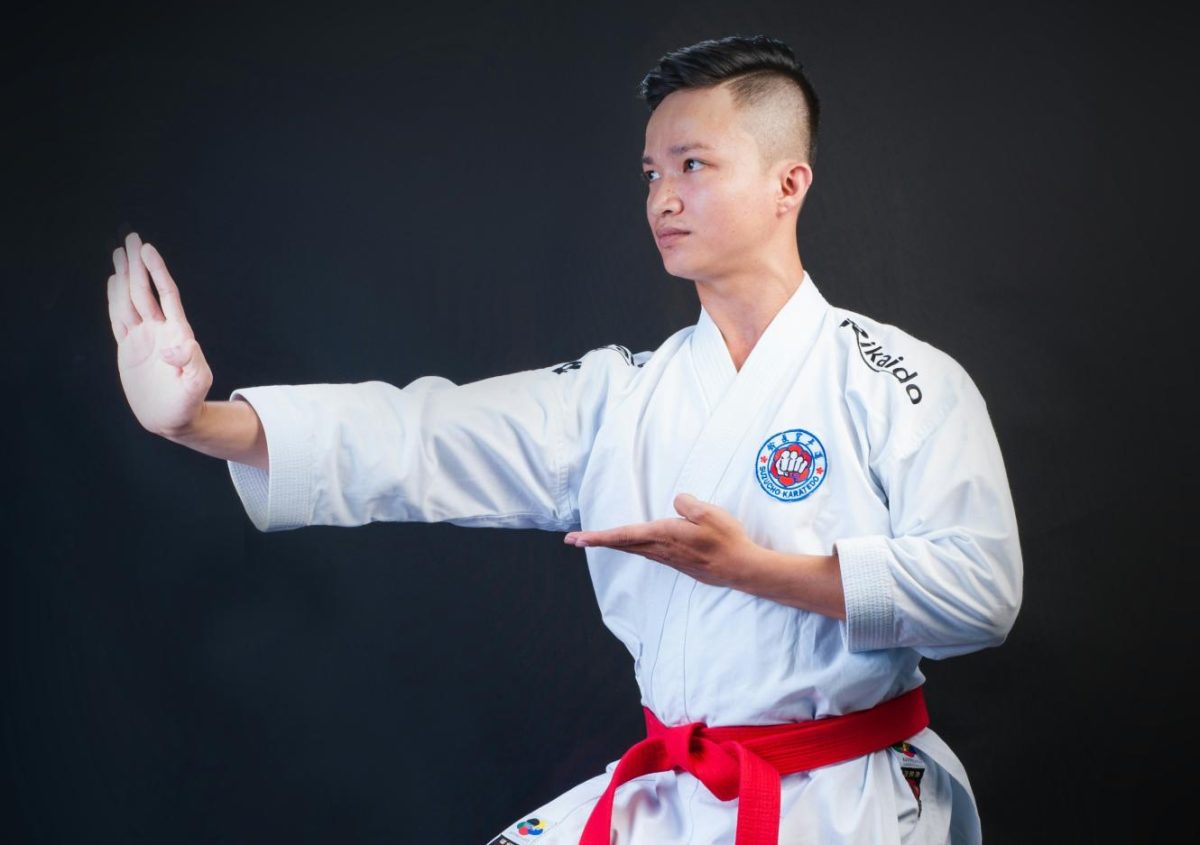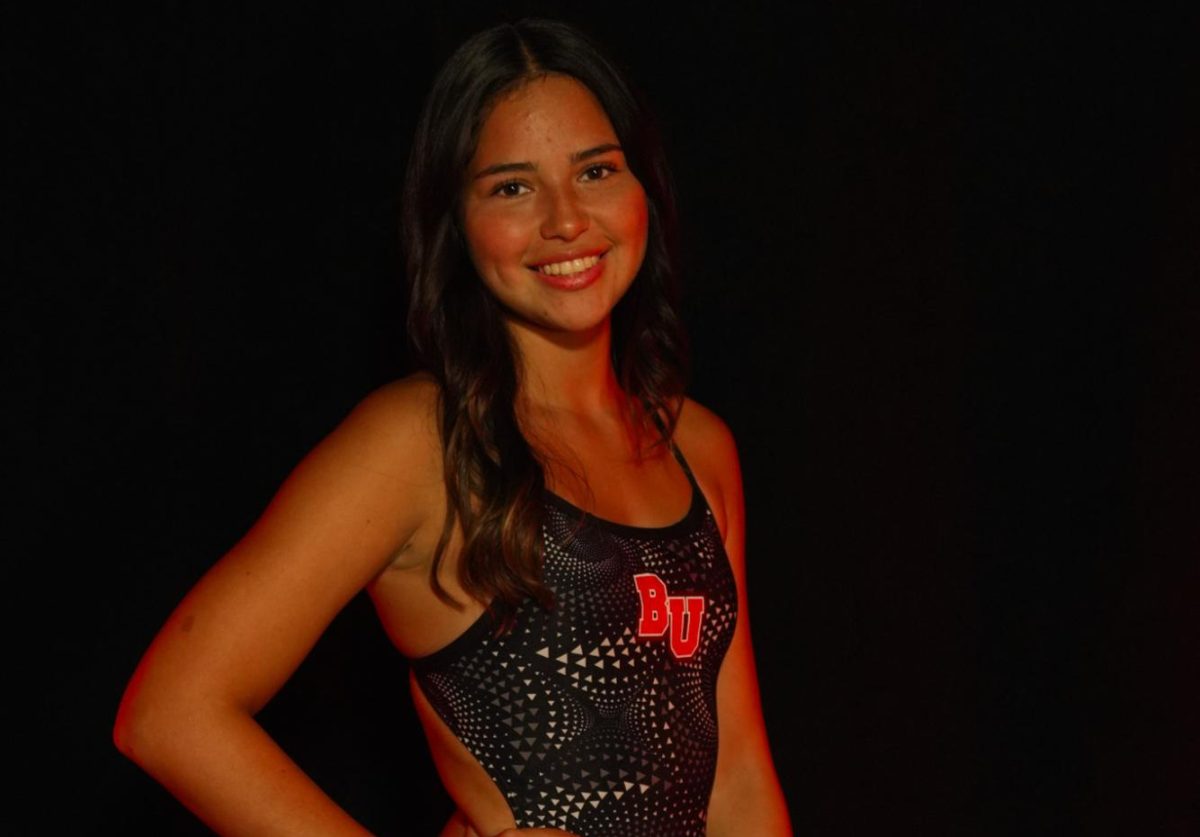On Monday, Sept. 14, fall sport athletes were cleared of the 14-day Initial Quiet Period put in place by the Eagles Athletics COVID-19 Action Plan. Student-athletes were placed under a strict quarantine, required by the PacWest Conference and the NCAA Sport Science Institute to try and keep coronavirus off of Biola’s campus.
The PacWest Conference Medical Aspects Committee, Biola University Reopening Team, and local county and state guidelines all had a part in building the safety protocols—according to Biola’s assistant athletic director, Neil Morgan.
“Because there is still a risk of student-athletes picking up the virus during the quiet period during their normal daily routine, student-athletes will agree to limit their activities outside of their home to essential trips (purchasing food, doctors visits, approved work) and to follow all standard COVID-19 safety procedures, such as wearing a cloth face covering and maintaining physical distancing with others outside their residence.” Morgan said in an email.
Morgan followed up by stating that athletes who did not comply to the Quiet Period rules would not be allowed to begin any fall workout activities.
ENTERING PHASE ONE
Because of COVID-19 being highly transmissible in closed off areas, Biola has moved its strength and conditioning weight room outside and is set up in parking structure S, located by the baseball field.
“The only indoor activity allowed to the athletics department is treatment in the new Athletic Training Clinic,” Morgan said. “Our Director of Sport Performance will work with individual teams in that area until indoor operations open and Biola can make use of the new Sport Performance Center.”
Even with workouts resuming outdoors, life in the weight room is not back to normal. Face masks must be worn at all times, group sizes are limited and workout times have been cut short for proper sanitation between each team’s workout time slot.
“There are also practice squad size limits to ensure that we are able to isolate and limit the spread of COVID-19 should any sort of outbreak occur,” Morgan said. “Each sport has been split to between 2-4 practice squads.”
WILL WE EVER GET TO PHASE 2?
Morgan explained how Phase 1 of athletics protocols is going to be the most extensive. While it is set to last for at least 21 days, the chances are that it will go longer.
“There are sport-specific requirements, but the general approach in phase one is face coverings must be on at all times, physical distance must be maintained at all times and no sharing of objects (balls, gloves, bats, etc),” Morgan said. “From there, the restrictions loosen little by little as we move into phases two and phase three. Additionally, phases two and three both require COVID-19 testing.”
HOW ARE ATHLETES ADJUSTING?
Life on campus has not been the same by any means. The majority of the students living at Biola are athletes. During their Quiet Period, the student-athletes were extremely limited to what they could do. Men’s basketball senior guard Michael Bagatourian explained how his life in Biola quarantine consisted of getting food and staying in his room.
“It hasn’t been that big of an issue to keep morale up and to keep the overall vibe good,” Bagatourian said. “It’s just been different.”
However, not all athletes returned to campus. Cross country runner, junior Brady DeHaven, explained how about 60-70% of his team is back on campus, but he decided to stay at home in San Diego.
“The hardest part is not being able to see and just fellowship with my teammates,” DeHaven said. “That’s what brought me to Biola, just the Christian community, and without it it’s just a little bit tougher for sure.”
Sports like cross country that usually have winters off from competition are now preparing themselves for meets to start in January. With their schedule completely turned around, the change could affect their overall normality of competition—or we will see the extra training pay off.
“With this big chunk of time, we have kinda two seasons back-to-back which is just gonna make the pressure a bit harder during that time, but obviously, during this time that we are in now, it’s just a lot of training preparing for that time,” DeHaven said.













